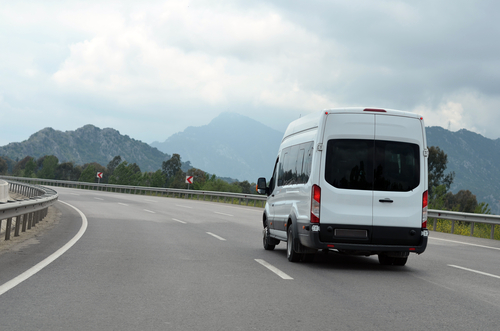
A new paper by the Mineta Transportation Institution argues that microtransit is the answer for public transit agencies to overcome the pre-pandemic challenges presented by on-demand ride-hailing services.
The paper, Microtransit: A Good Idea Just Got Even Better, said that ride-hailing services were pulling customers away from public transit before the pandemic. But, the paper said, the pandemic overhauled the transportation system, including transit, and negatively affected ride-hailing models. The paper’s authors suggest the post-pandemic answer is for transit agencies to adapt some of the flexibilities ride-hailing offers.
The paper’s authors, Joshua Schank and Emma Huang, were architects of two on-demand microtransit systems for the Los Angeles County Metropolitan Transportation Authority (LA Metro). Microtransit is “a demand-responsive shared transit method that utilizes small-scale vehicles like minibuses or shuttle to deliver transportation to the public,” the authors said. Their microsystems included a pilot that offered shared, on-demand rides to and from three of LA Metro’s business stations and an on-demand microtransit ride-share.
Microtransit offers riders an on-demand option that is more flexible, the authors said, and may be more useful than ever. Because the pandemic has shifted traditional work and commuting patterns that do not necessarily adhere to fixed routes, microtransit adapts to workers’ schedules more. Additionally, microtransit, the paper said, provides a better customer experience for transit riders by giving guaranteed wait times and more point-to-point services. And, the authors argued, as ride-hailing companies like Uber and Lyft modify their services due to inflation and business model adjustments, microtransit can fill the void left by these services.
“The pandemic has also brought into sharp focus the fact that Transportation Network Companies (TNCs) are not financially sustainable businesses,” the authors explained. “While Uber and Lyft used to present themselves as the future of transportation, taking on everything from reinventing the bus to eliminating drivers, the pandemic has brought them back down to earth. Now it appears likely that the technology and improvements they have brought to transportation will live on in some form, but they are unlikely to continue to be affordable to the masses.”